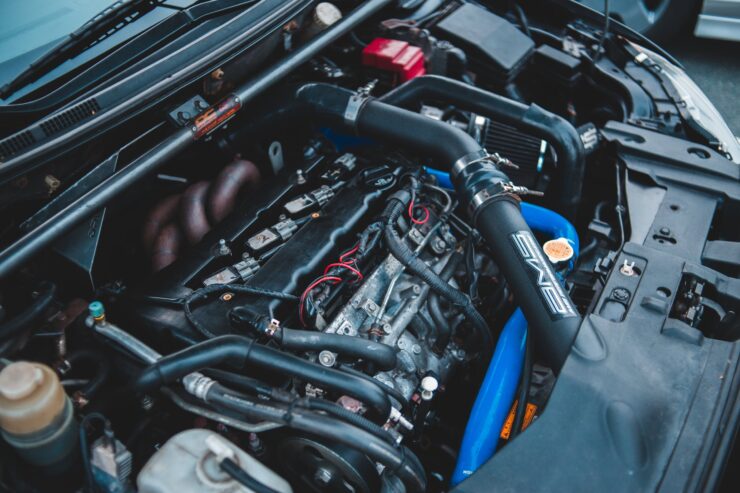Everything goes through damages and wear & tear, from light bulbs to your daily appliances & technical systems. A normal person will blame the system’s quality or product, but in reality, it is a general rule to have damages to a product over time.
Some people fix these issues and damages, while some replace the product or item with the new one. Sometimes, it is difficult to find the problem and its cause in advanced products, appliances, and systems. One of these advanced things is cars.
For many drivers, it is complex to locate a problem in the car. To make this detecting task simpler, experts came up with the idea of car diagnostic tests. Several reputed companies provide such car diagnostic tests at the lowest rates.
A car diagnostic test simply refers to the usage of different tools in order to find or identify the potential underlying damage or issue in the car. The most common problem these tests identify are:
• Transmission issues
• Engine malfunction or problem
• Braking system
• Issues related to performance such as the improper working of the fuel injector, airflow, throttle, coolant, ignition coils, etc.
Complete Guide To Understand A Car Diagnostic Test
There are many things that a person must know about a regular car diagnostic check. These things are summed up as follows:
1. Frequency & Interval of Car Diagnostic Test
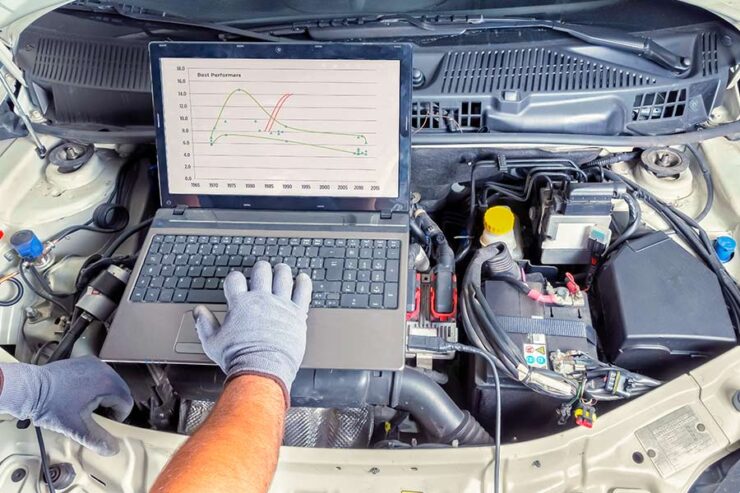
A major question that many drivers and people ask about a car diagnostic test is – after how many days or time should these tests be done? The unfamiliarity with the solution leads to more critical problems in the car.
It is a human tendency to rush to the utility centers only when the actual problem arises. For example, when a patient suffers from a disease, then only they will be taken for tests like blood pressure, sugar level, etc. Similarly, people take their cars for a diagnostic test only when a serious issue arises.
People often ignore the necessity of these tests because of their cost and time aspect. If a person has bought a car recently and it is running smoothly, they should go for this test annually in the initial stages. If the car is not running smoothly, do not wait for the last hour to witness more severe damages.
2. Cost Aspect
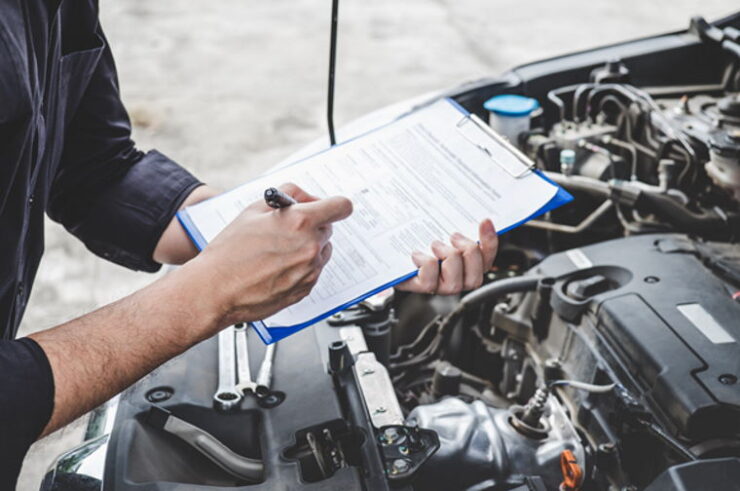
Every repair and maintenance consists of a price tag. An important element of the car diagnostic test is its charges. These charges vary depending on various factors like its model, make, and the type of problem involved.
If the person is going for these tests, they should expect total costs ranging from $40 to $400. These costs will increase extensively on the damage. If the driver fixes this issue through local technicians, there will be a greater risk of cheating and temporary fixing. The most suitable option for setting the car problems is a car diagnostic at home.
Another feasible solution is to use a TEXA Navigator – Professional diagnostic equipment for full service and maintenance. It is reliable and will assist in cost saving. A person can also take tests from famous companies like OriginalDiag to ensure maximum protection and durability.
Many companies offer free tests but have a hidden profit in some or the other way. People should avoid hiring solutions from such diagnostic test providers.
3. Time Required For One Single Diagnostic Test
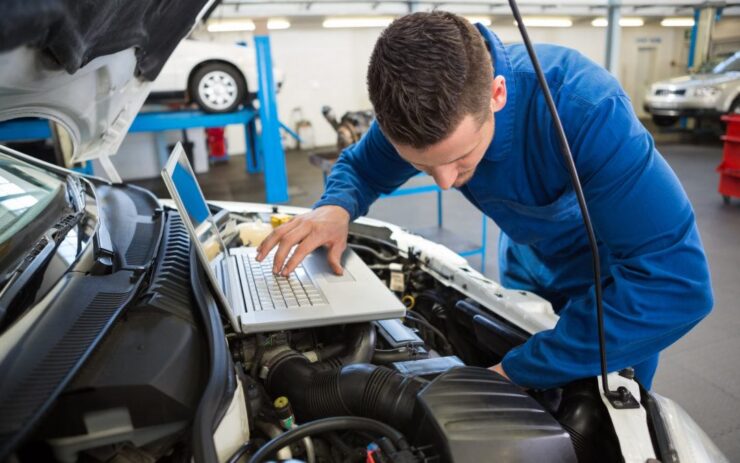
In most cases, a regular car diagnostic test takes around 30 to 60 minutes to check the system issues & performance completely. In serious cases, it might take more than 2 hours. There are multiple components of this test. In different sections, an expected time is taken. These mini breakups of time determine the overall duration of the test.
4. How Is The Test Done
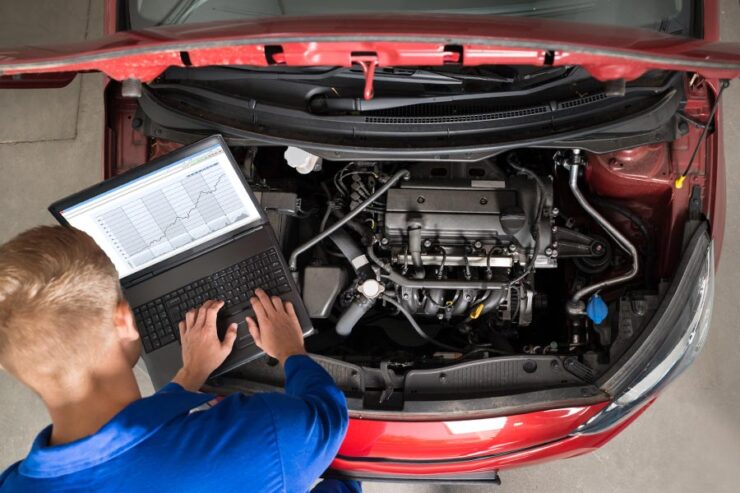
As mentioned earlier, different stages or mini-tests are conducted in the whole car diagnostic test. The process is launched with the ‘check engine’ light code. The technical system provides a code displayed along with the check engine light. This acts as an indicator of a problem.
After this stage, the expert will use a scanner to identify the potential problem and convert it into meaningful detail. The investigative work follows this. This is a further clarification and detailing of the issue. The codes found in the initial stage can help remove unwanted variables from the problem or narrow down the issue.
Next is the performing stage. This is where the fixing of the issue comes into the picture. The experts or mechanics find out the problem and start solving the problem. They will perform operations such as cleaning, repairing, replacing, etc. After fixing it, they will run a check test to confirm that the issue is not found again.
5. Running A Car Diagnostic Test At Home Without Any Professional Aid
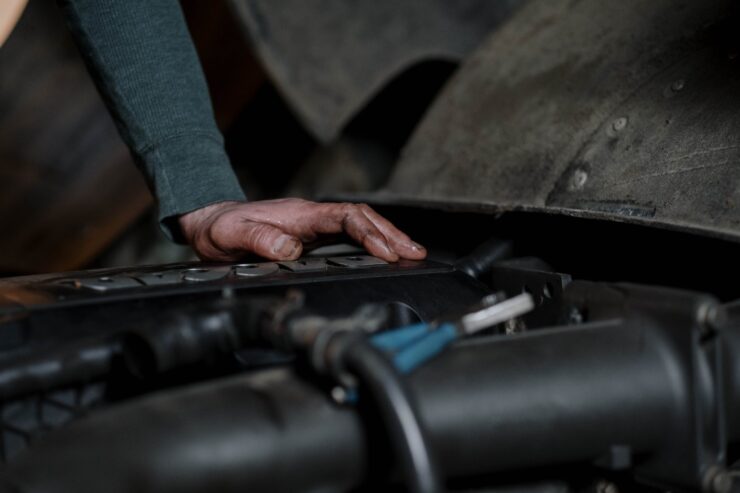
It might seem surprising to perform a car diagnostic test at home. It is hard to run the test initially, but it can help reduce huge costs incurred otherwise. The simplest thing a person can do initially is checking every component and part of the car.
There are high chances to locate a fault. If the person does not find the problem, they will be required to perform the whole test. The only tricky part of the test is to read the codes shown alongside the check engine light.
Firstly, read and interpret the Onboard Diagnostic Codes(OBD Codes). People must have a scanner that can read these generated codes easily. These will guide the home testers to get relevant information.
This information will further lead to meaningful conclusions about the potential problem. Go through different youtube videos to get tips on which code might hint at which type of problem. In this way, people can easily solve the minor malfunctioning of the car components.
Conclusion
The guiding points mentioned above will help people get comprehensive knowledge about a regular car diagnostic test. The benefits of these tests are performance enhancement, car life extension, reduction in health hazards, etc.

